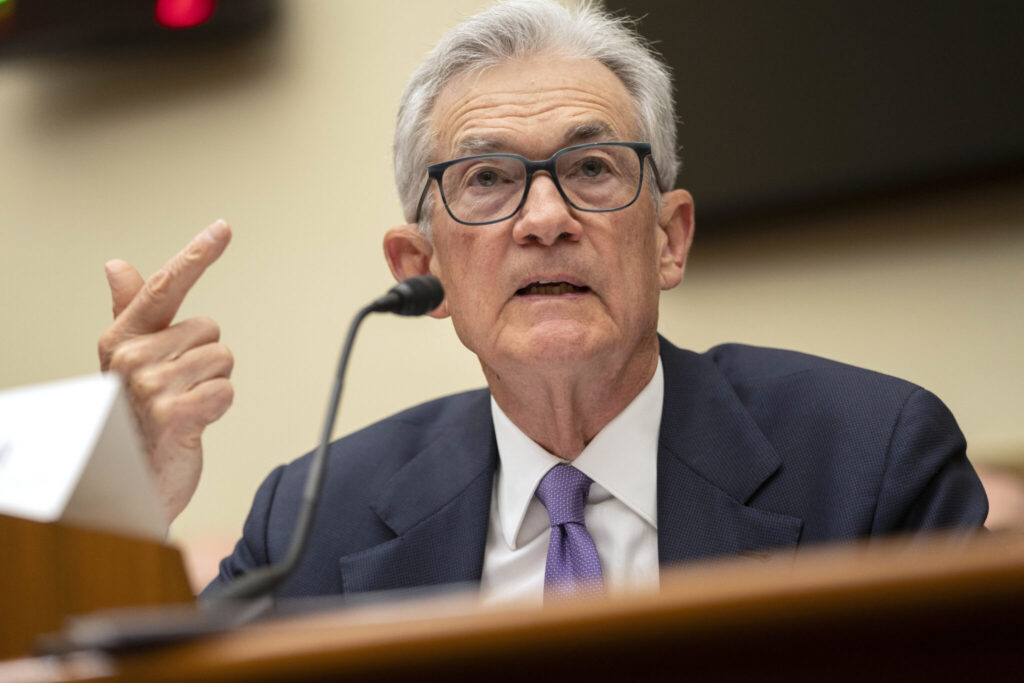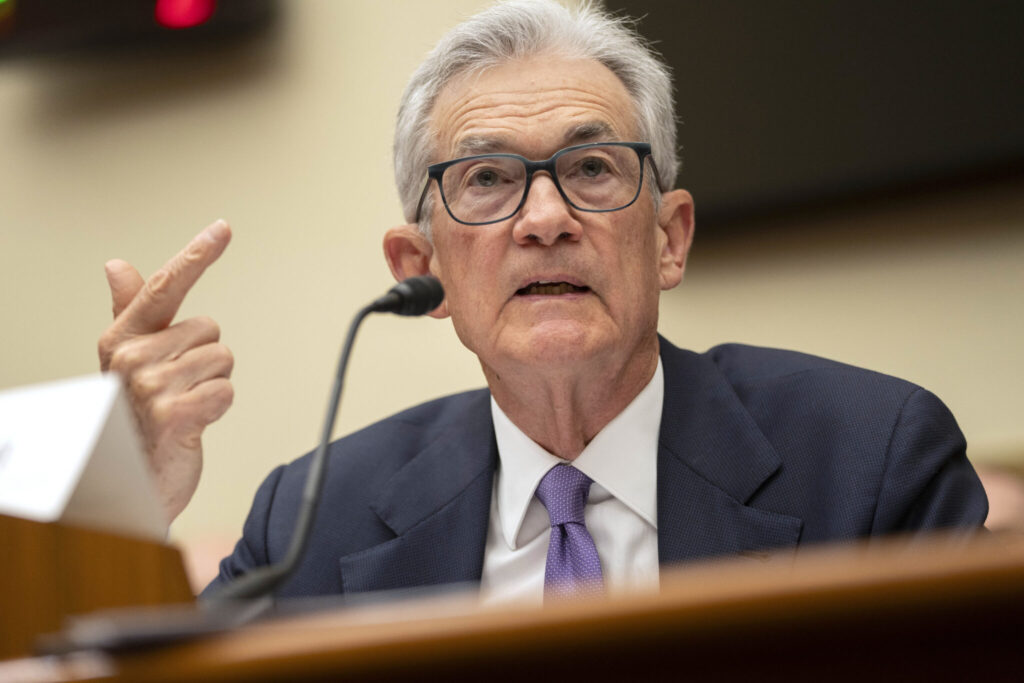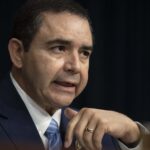Across the United States, many people are eagerly anticipating the Federal Reserve’s first cut to its benchmark interest rate this year: Prospective home buyers hope for lower mortgage rates. Wall Street traders envision higher stock prices. Consumers are looking for a break on credit card debt at record-high interest rates. Not to mention President Joe Biden, whose re-election campaign would likely benefit from an economic jolt stemming from lower borrowing rates.
Quick Read
- Many people are looking forward to the Federal Reserve’s potential interest rate cut, which could benefit home buyers, Wall Street, and consumers with high credit card interest rates.
- Despite the anticipation, Fed Chair Jerome Powell and officials are expected to maintain the current rate to ensure inflation moves towards their 2% target.
- The Fed’s approach to rate cuts is cautious, given the healthy state of the economy and the gradual decline of inflation from its peak in June 2022.
- Recent inflation reports showed a slight decrease in core prices but not enough to significantly change the Fed’s stance on inflation.
- Fed officials expect inflation to continue declining, although more slowly than in 2023, and their economic projections may reflect this outlook.
- The Fed’s benchmark rate is at a 23-year high of about 5.4%, making borrowing more expensive for consumers and businesses.
- Other central banks are also keeping rates high to combat inflation, with the European Central Bank and Bank of England unlikely to cut rates soon.
- Most economists anticipate the Fed’s first rate cut to occur in June, following more data on inflation and job reports.
The Associated Press has the story:
Federal Reserve is likely to preach patience as consumers, markets look ahead to rate cuts
Newslooks- WASHINGTON (AP) —
Across the United States, many people are eagerly anticipating the Federal Reserve’s first cut to its benchmark interest rate this year: Prospective home buyers hope for lower mortgage rates. Wall Street traders envision higher stock prices. Consumers are looking for a break on credit card debt at record-high interest rates.
Not to mention President Joe Biden, whose re-election campaign would likely benefit from an economic jolt stemming from lower borrowing rates.
Yet Chair Jerome Powell and his fellow Fed officials are expected to play it safe when they meet his week, keeping their rate unchanged for a fifth straight time and signaling that they still need further evidence that inflation is returning sustainably to their 2% target.
The Fed’s cautious approach illustrates what’s unusual about this round of potential rate cuts. Vincent Reinhart, chief economist at Dreyfus-Mellon and a former Fed economist, notes that the Fed typically cuts rates quickly as the economy deteriorates in an often-futile effort to prevent a recession.

But this time, the economy is still healthy. The Fed is considering rate cuts only because inflation has steadily fallen from a peak of 9.1% in June 2022. As a result, it is approaching rate cuts the way it usually does rate hikes: Slowly and methodically, while trying to divine the economy’s direction from often-conflicting data.
“The Fed is driving events, not events driving the Fed,” Reinhart said. “That’s why this task is different than others.”
The central bank’s policymakers had said after their last meeting in January that they needed “greater confidence” that inflation was cooling decisively toward their 2% target. Since then, the government has issued two inflation reports that showed the pace of price increases remaining sticky-high.
In most respects, the U.S. economy remains remarkably heathy. Employers keep hiring, unemployment remains low, the stock market is hovering near record highs and inflation has plummeted from its highs. Yet average prices remain much higher than they were before the pandemic — a source of unhappiness for many Americans for which Republicans have sought to pin blame on Biden.
Excluding volatile food and energy costs, so-called “core” prices rose at a monthly pace of 0.4% in both January and February, a pace far higher than is consistent with the Fed’s inflation target. Compared with a year earlier, core prices rose 3.8% in February. Core prices are considered a good signal of where inflation is likely headed.
But in February, a measure of housing costs slowed, a notable trend because housing is among the “stickiest” price categories that the government tracks. At the same time, more volatile categories, like clothing, used cars and airline tickets, drove up prices in February, and they may well reverse course in coming months.
“Nothing about those two data prints made you feel substantially better about” inflation reaching the Fed’s target soon, said Seth Carpenter, chief global economist at Morgan Stanley and also a former Fed economist. “But it’s not at all enough to make you change your view on the fundamental direction of travel” for inflation.
Indeed, several Fed officials have said in recent speeches that they expect inflation to keep declining this year, though likely more slowly than in 2023.
The Fed has also built in some expectation that price increases would ease only gradually this year. In December, it projected that core inflation would reach 2.4% by the end of 2024. That’s not far from its current 2.8%, according to the Fed’s preferred measure.
On Wednesday, the Fed’s policymakers will update their quarterly economic projections, which are expected to repeat their December forecast for three rate cuts by the end of 2024. Still, it would take only two of the 19 Fed officials to change their forecast to one fewer rate cut for the central bank’s overall projection to downshift to just two rate cuts for 2024. Some economists expect that to happen, given that inflation has remained persistent at the start of this year.
The Fed’s benchmark rate stands at about 5.4%, the highest level in 23 years, after a series of 11 rate hikes that were intended to curb the worst inflation in four decades but have also made borrowing much more expensive for consumers and businesses.
Like the Fed, other major central banks are keeping rates high to ensure that they have a firm handle on consumer price spikes. In Europe, pressure is building to lower borrowing costs as inflation drops and economic growth has stalled, unlike in the United States. The European Central Bank’s leader hinted this month that a possible rate cut wouldn’t come until June, while the Bank of England isn’t expected to open the door to any imminent cut at its meeting Thursday.
Most economists expect the Fed to implement its first rate cut at its June meeting, which would mean that in May, the Fed would signal such a coming move. By June, the policymakers will have in hand three more inflation readings and three more jobs reports.
Sarah House, senior economist at Wells Fargo, said that timetable leaves plenty of time for inflation to resume its downward path. A rate reduction would likely lead, over time, to lower rates for mortgages, auto loans, credit cards and many business loans.
“They certainly need to see something better than the past couple of months, but they can get it,” she said.







